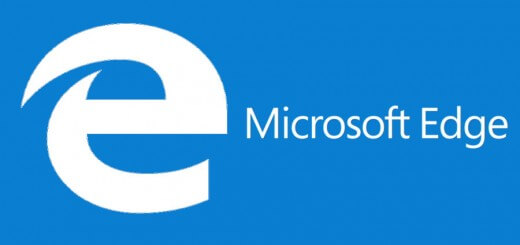Firefox sets kill-Flash schedule

Mozilla yesterday said it will follow other browser markers by curtailing use of Flash in Firefox next month. The open-source developer added that in 2017 it will dramatically expand the anti-Flash restrictions: Firefox will require users to explicitly approve the use of Flash for any reason by any website.
As have its rivals, Mozilla cast the limitations (this year) and elimination (next year) as victories for Firefox users, citing improved security, longer battery life on laptops and faster web page rendering.
“Starting in August, Firefox will block certain Flash content that is not essential to the user experience, while continuing to support legacy Flash content,” wrote Benjamin Smedberg, the manager of Firefox quality engineering, in a post to a company blog.
Firefox 48 is slated to ship on Aug. 2.
The initial blocking Smedberg mentioned will be based on a list Mozilla will generate by crawling the home pages of the top 10,000 websites as ranked by Alexa. Flash content that those sites use to “fingerprint” users, or as “super cookies” — two techniques to track visitors for advertising purposes — will land on the list, and thus not be run by Flash.
Through 2016, Mozilla will expand the list in Firefox by blocking other Flash content, including that used by advertisers to measure “viewability;” whether the ad has been seen, not erased, for example, by an ad blocker.In 2017 — Smedberg did not say when, exactly — Firefox will require users to click on Flash content to activate the plug-in, and thus show that content. The click-to-activate demand will be enforced for all Flash content on all pages of all sites.
Firefox is late to the dump-Flash party.
Other browser developers — Apple, Google and Microsoft — have been more active in limiting Flash. Safari has frozen some Flash content since 2013, while Chrome did the same in September 2015. Edge will follow suit with the release of the Aug. 2 upgrade, Windows 10 Anniversary Update.
And some will beat Firefox to the more aggressive block-Flash milestone. Google, for instance, plans to block Flash content on all but 10 websites — those, like YouTube and Amazon, that use huge amounts — before the end of this year. Apple’s Safari 10, which will accompany macOS 10.12, aka Sierra, when it is launched late summer or early fall, will also automatically disable Flash by default but without Chrome’s whitelist.
Smedberg cited HTML5 as the substitute for Flash, just as other browser makers have as they’ve reduced reliance on the decades-old standard. “Websites that currently use Flash or Silverlight for video or games should plan on adopting HTML technologies as soon as possible,” he wrote.
Source: InfoWorld







